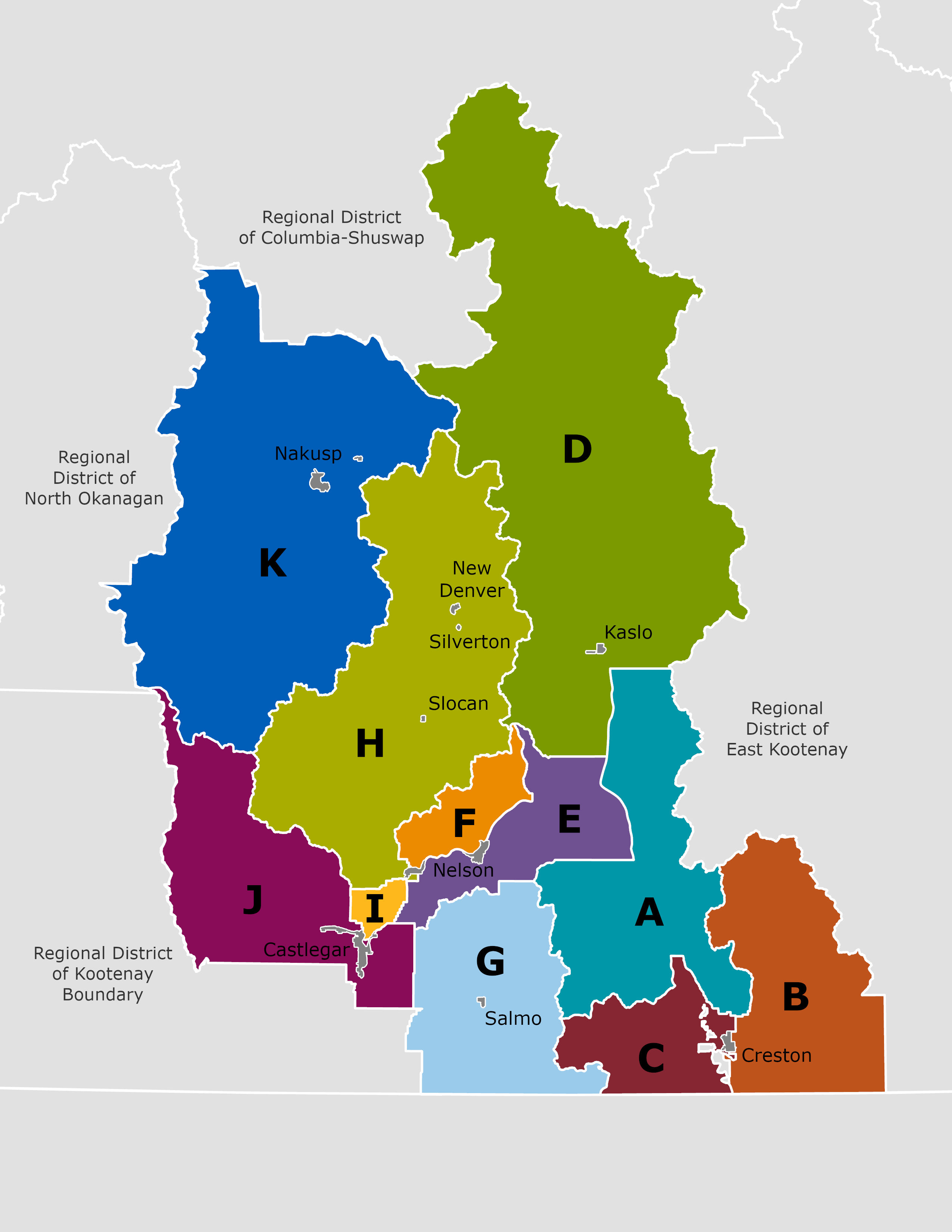Local Government Awareness Week (May 12-18)
May 9, 2024
Next week marks Local Government Awareness Week (May 12-18). The annual initiative’s objective is to build public awareness of local government roles and services, while encouraging the public to participate in local government processes.
What is a regional district? Regional districts are a form of local government that is unique to British Columbia, consisting of a federation of rural areas and incorporated municipalities. Regional districts provide direct representation to rural areas while advocating for both rural areas and municipalities on issues of regional importance. Regional districts enable cooperation between municipalities and rural areas to support the economic, social, and environmental goals of the region. The RDCK is one of 27 regional districts in BC.
How are regional districts governed? Like all local governments in Canada, the Regional District of Central Kootenay is granted its powers by the province. For regional districts in BC, these powers are primarily derived from the Local Government Act. The principal decision-making body in a regional district is the Board of Directors. There are two kinds of directors: Electoral Area Directors are directly elected to the Board by the voters of an electoral area every four years, while Municipal Directors are first elected to their respective councils, then appointed by their council to the Board to serve a one-year term. In the RDCK, there are eleven Electoral Area Directors and nine Municipal Directors that serve on the Board. The Board also elects its own Chair and Vice-Chair to serve one-year terms. The Chair presides over Board meetings, directs the overall management of the business and affairs of the regional district, and ensures that the law is carried out for the improvement and good government of the regional district and its residents.
What services does a regional district provide? No regional district provides identical services, as every region has its unique needs. The Board determines which services are provided, and where they will be provided. In some cases, residents of an area decide whether or not they would like a service to be established through a petition, an alternative approval process (also known as an AAP, a type of plebiscite or counter-petition) or assent vote (referendum). As a result of this framework, some services are provided are provided in certain communities, specific electoral areas or portions thereof, municipalities, or the entire regional district. Regional districts are required to match the cost of its services to the people who benefit from them. In other words, residents only pay for what they get.
RELATED LINKS: A Community Effort, UBCM; Regional Districts in BC, municipal affairs
Electoral Areas: The RDCK provides services and governance to residents living outside of member municipalities in eleven rural electoral areas. These electoral areas comprise over 99 percent of the RDCK’s land area and just over half of the RDCK’s population. Directors for each electoral area are elected by residents every four years.
Member Municipalities: The RDCK has nine incorporated municipalities, consisting of two cities, one town, and six villages. Directors from each municipality are appointed by their respective councils to serve a one-year term on the RDCK Board.
RELATED LINKS: A Guide to RD Board Delegation to Committees and Commissions
FOR FURTHER INFORMATION: Visit the Local Government Awareness website

The content on this page was last updated May 9 2024 at 3:25 AM
